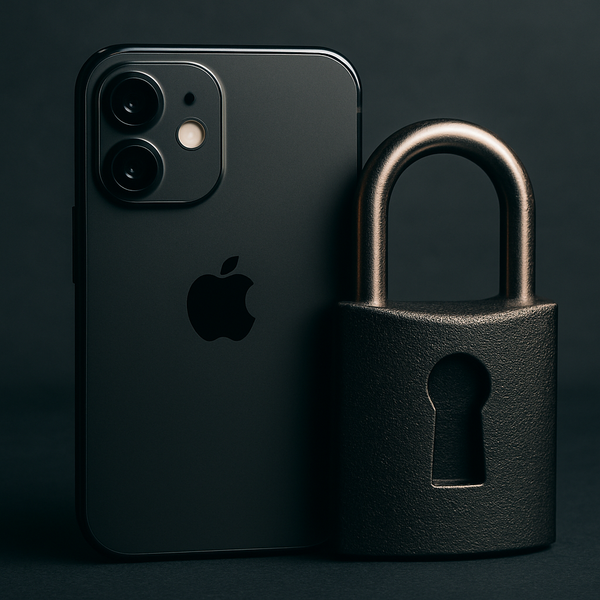Apple Vision Pro Review: The First Taste of Spatial Computing
Apple’s Vision Pro blends AR and VR in a sleek headset—but is it worth the hefty price tag? Here’s what you need to know.

Apple’s Vision Pro represents the company’s boldest push yet into spatial computing. Combining high-resolution micro-OLED displays, eye-tracking, and a custom M2-derived chip, it promises to “mesh the digital and real worlds.” Priced starting at $3,499, it’s clearly aimed at early adopters and pros—so does it live up to the hype?
Design & Comfort
- Build Quality:
Machined aluminum frame, soft fabric headband, and a flexible “crown” dial for fit. Feels premium but hefty at ~650 g. - Fit & Adjustments:
Magnetic light-seal cushions conform to your face; replaceable for different head sizes. The dome-style visor can be flipped up. - Ventilation & Cooling:
Whisper-quiet fans keep the M2-derived “R1” co-processor cool. Extended sessions (1–2 hrs) remain comfortable with minimal heat.
Display & Optics
- Resolution:
Dual 4K-equivalent micro-OLED panels (each ~23 MP). Text is razor-sharp; video feels like a 4K TV floating inches from your eyes. - Field of View:
Roughly 120° diagonal—wider than most VR headsets but narrower than natural vision. Excellent for immersive content, slightly restrictive for peripheral awareness. - Eye & Hand Tracking:
Millisecond-fast eye-tracking lets you select buttons by look. Finger-pinch gestures and double-taps replace controllers for intuitive navigation.
Performance & Software
- Processor:
A dual-chip design: Apple M2 handles apps, while an “R1” chip processes sensor input. Apps launch instantly; streaming 4K video remains smooth. - VisionOS:
A 3D interface where apps float in your space. Safari tabs become panes on your wall; FaceTime calls feel like holograms. Learning curve exists—expect 15–30 minutes to feel fluent. - App Ecosystem:
At launch, Apple ports many iPadOS apps (Photos, Music, TV). Third-party support is limited but growing—look for Adobe, Microsoft, and Unity engines to arrive soon.
Audio & Camera
- Spatial Audio:
Built-in speakers near your ears deliver surprisingly rich, directional sound—even without headphones. Personalized head-tracking keeps audio fixed in space. - External Passthrough:
High-def outward cameras show your real environment in color. You can blend AR overlays seamlessly—watch video on a virtual screen while seeing your desk.
Pros & Cons
ProsConsStunning, crystal-clear displayPremium price starting at $3,499Intuitive eye- and hand-tracking UILimited native app selection at launchComfortable for short to mid sessionsHeavier than most VR headsetsBest-in-class spatial audioRequires spatial-aware room SetupApple ecosystem integration (FaceTime, TV)Learning curve for VisionOS gestures
Who Should Buy It
Early Adopters & Creatives: 3D artists, architects, and developers looking for a cutting-edge canvas.
Power Users: Those invested in Apple’s ecosystem who want a new way to multitask, watch media, and attend virtual meetings.
Not Recommended For: Casual gamers or budget shoppers—Vision Pro’s strengths lie in productivity and AR workflows, not gaming.
Final Verdict
The Apple Vision Pro is an astonishing glimpse of the future—crisp visuals, seamless interaction, and deep ecosystem ties. But at $3,499, it’s an investment. If you crave the bleeding edge of computing and can justify the cost, Vision Pro delivers unmatched immersion. For everyone else, Apple’s more accessible AR/VR offerings (and next-gen headsets) may be a better starting point.
👉 Want more in-depth Apple reviews and hands-on guides?
Subscribe to AppleSecrets for weekly insights, early previews, and insider tips—direct to your inbox. 🍏✨




